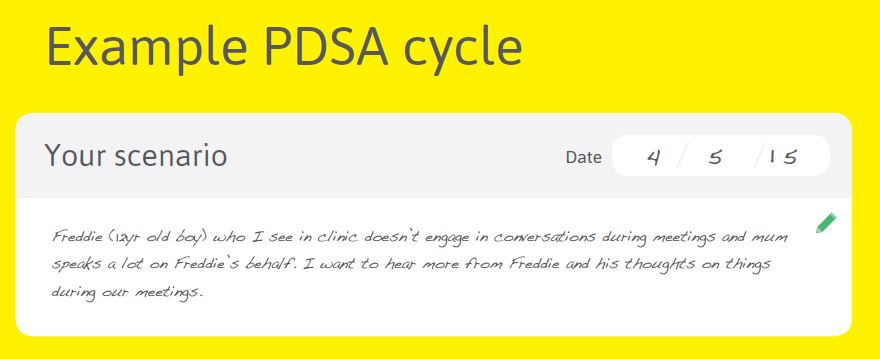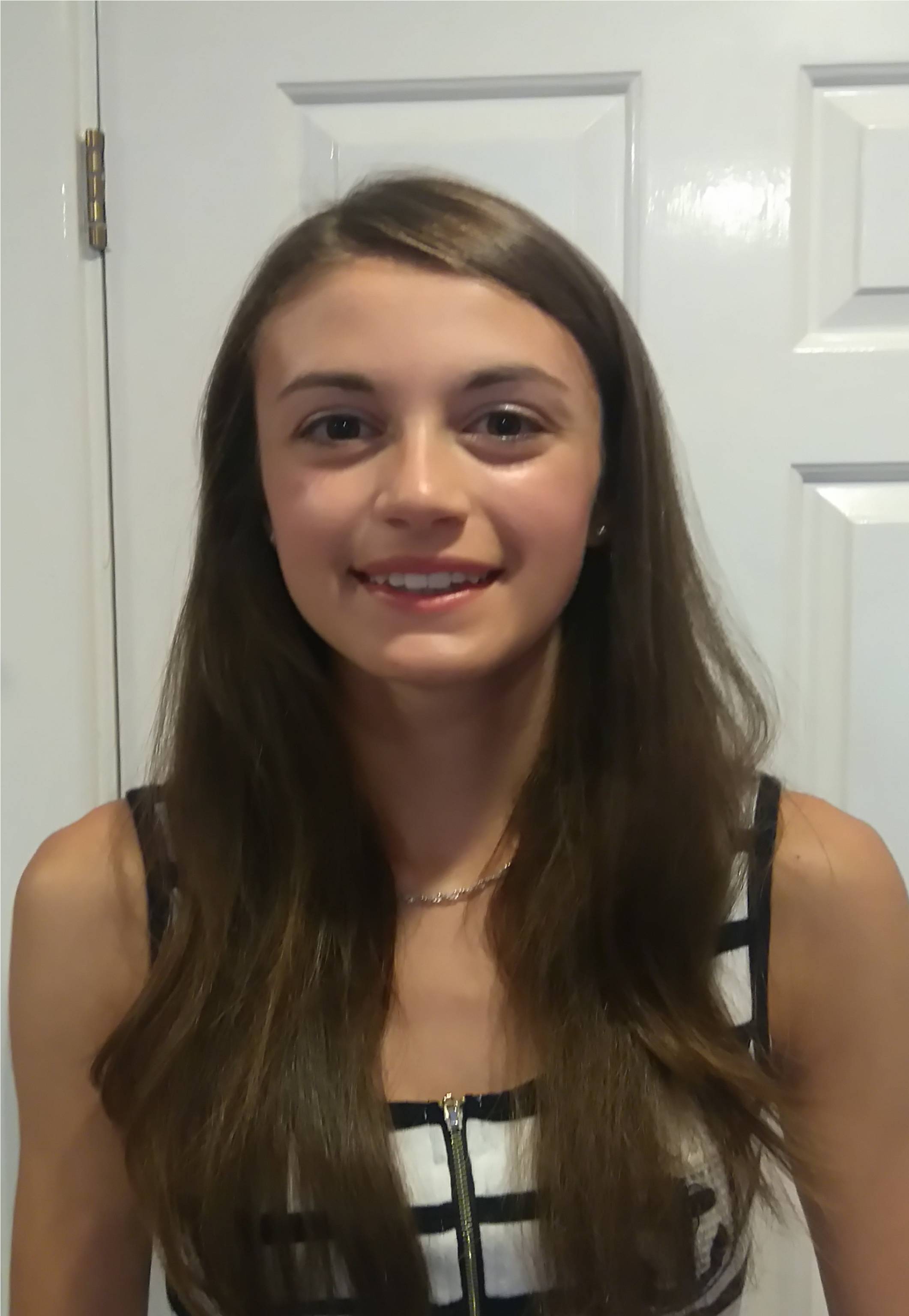#Hellomynameis Maddy and I am a second year Children’s Nursing student. I attended the Me first course last year and always try to use the different techniques when I am on placement. The Me first programme really helped me think about the ways in which we communicate with young people as well as my personal style of communication as communication is key to every aspect of life.
Good communication can change the whole patient experience and sometimes something simple, like a smile or calling a child by their name, can have a really positive impact and can change their day and their experience whilst in hospital. Too often we get absorbed in our clinical tasks and forget about patient-centred care and the difference good communication makes. In children’s nursing the Me first communication course encourages us to speak more with the child, showing we care, getting to know them and understand them, looking at their choices together, planning care that works in the best interests of the child, parent and healthcare professional. Good communication is also key in letting people know what is going on in a way that they will understand, as both the patient and their family are anxious to know what is happening, what the plan is and what they can do, and sometimes not knowing can cause them to become more anxious which is not necessary during their tough time. Therefore, communicating the necessary information in a way that they can understand can be so helpful for the patient and their family as they can feel as though they have an understanding of what is happening and what they can do about it. Communicating this to the child or young person and their family is so important as it also prevents them asking multiple staff members and getting mixed, unclear answers.
I have found the emoji cards, from the Me first website, a useful resource in encouraging children to show us how they are feeling, especially children whose first language isn’t English or children who may be feeling shy or scared. These cards can also help build a relationship with the children and healthcare professionals as they could almost have a conversation through the card by gauging how the chid is feeling, which can therefore lead to the healthcare professional adapting their communication in a way that helps build this relationship. These cards also allow the child to express how they are feeling without having to speak (if they are in pain, shy or don’t have English as their first language) so can help them to feel more comfortable with the healthcare professionals and therefore more comfortable in the hospital. Using these emoji cards has helped me to have a better understanding of how they are feeling – which is important in step 4 of the Me first model, what I can do to help them and how I can adapt my communication to accommodate their needs. I last used these on a shy child who had just come out of an operation, and they were very happy to be able to communicate with me and found it quite funny that they did not have to speak! They also found these cards useful to tell me how they were feeling after their operation and how much pain they were in.
The Me first course also introduced me to the PDSA (Plan, Do, Study, Act) cycle which I have found useful in planning and doing assignments. As I can plan what I am going to do and when I am going to do it, research my topic, and then start writing my essay. This cycle is also very helpful when I am on placement, for example when I am doing my episode of care (in my PAD document). Firstly I sit down with my mentor and we plan what I can do that will help improve my skills and how I can provide the best care possible to the patient and their family, then I study and read up on their conditions – for example I am currently on placement at a day surgery unit and so I carried out my episode of care, looking after two patients who were having tonsillectomy’s, so in order to do this I researched tonsillectomy’s, what happened when they were in theatre and recovery, how the patient would feel afterwards and what I could do to help them. Then after planning and researching, I carried out my episode of care. You can download your own editable PDSA booklet from the Me first website.

An extract from the Me first PDSA cycle document
The Me first masterclass has helped me in so many ways through improving my communication and ways in which I can adapt my communication according to each patient. Me first has made me realise the importance of child and young person-centred communication and the positive impact that it can have. Communication can develop trust, reduce anxiety, minimise conflict and make the child feel heard and feel understood. Communication is so important in nursing and in any healthcare setting as having the ability to communicate and show kindness and compassion towards the patient and their family is priceless. It enables you to provide the best care possible to them and make their time in hospital so much better than it may have been otherwise. Something simple such as introducing yourself by name can help build a relationship with the patient and family and communication allows us to get to know them and provide patient-centred care.
By Madeleine Cox
Children’s Nursing Student
